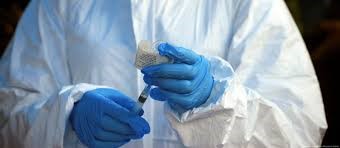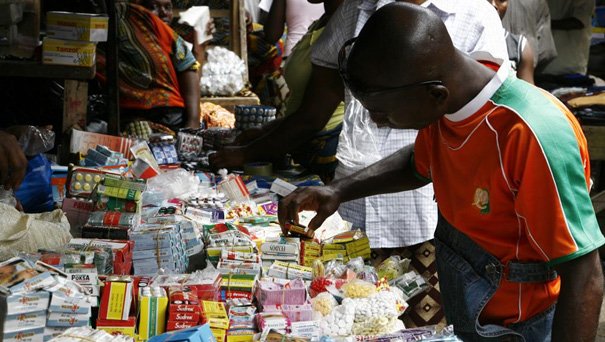Entomopathogenic fungi : Natural allies against harmful insects

Entomopathogenic fungi are microorganisms that attack many insects, such as aphids, caterpillars, flies and beetles. These fungi can effectively control the population densities of these insect pests when faced with favorable climatic conditions.
Entomopathogenic fungi are valuable tools for controlling insect pests and protecting crops
Moisture is a limiting factor for these fungi, as they require a moist environment to grow and proliferate. However, when conditions are right, high pest population densities promote the proliferation and spread of fungal spores. This can cause pests to drop very quickly, especially in high temperatures and high humidity conditions. An interesting example is the fungus Pandora neoaphidis, which attacks aphids. When aphid densities are high, the fungus Pandora neoaphidis can grow rapidly and cause significant mortality in aphids. This can have a significant impact on the aphid population and reduce crop damage.
Entomopathogenic fungi are therefore valuable natural allies for farmers and gardeners seeking to control insect pests without resorting to chemical pesticides. By creating favorable conditions for their development, farmers can encourage the proliferation of these fungi and reduce pest populations in an effective and sustainable manner. Entomopathogenic fungi are valuable tools for controlling insect pests and protecting crops. By understanding the conditions favorable to their development and encouraging them, farmers and gardeners can reduce the damage caused by insect pests and promote more sustainable agriculture.
Angelique EKAMAN(Journalism student on internship)















